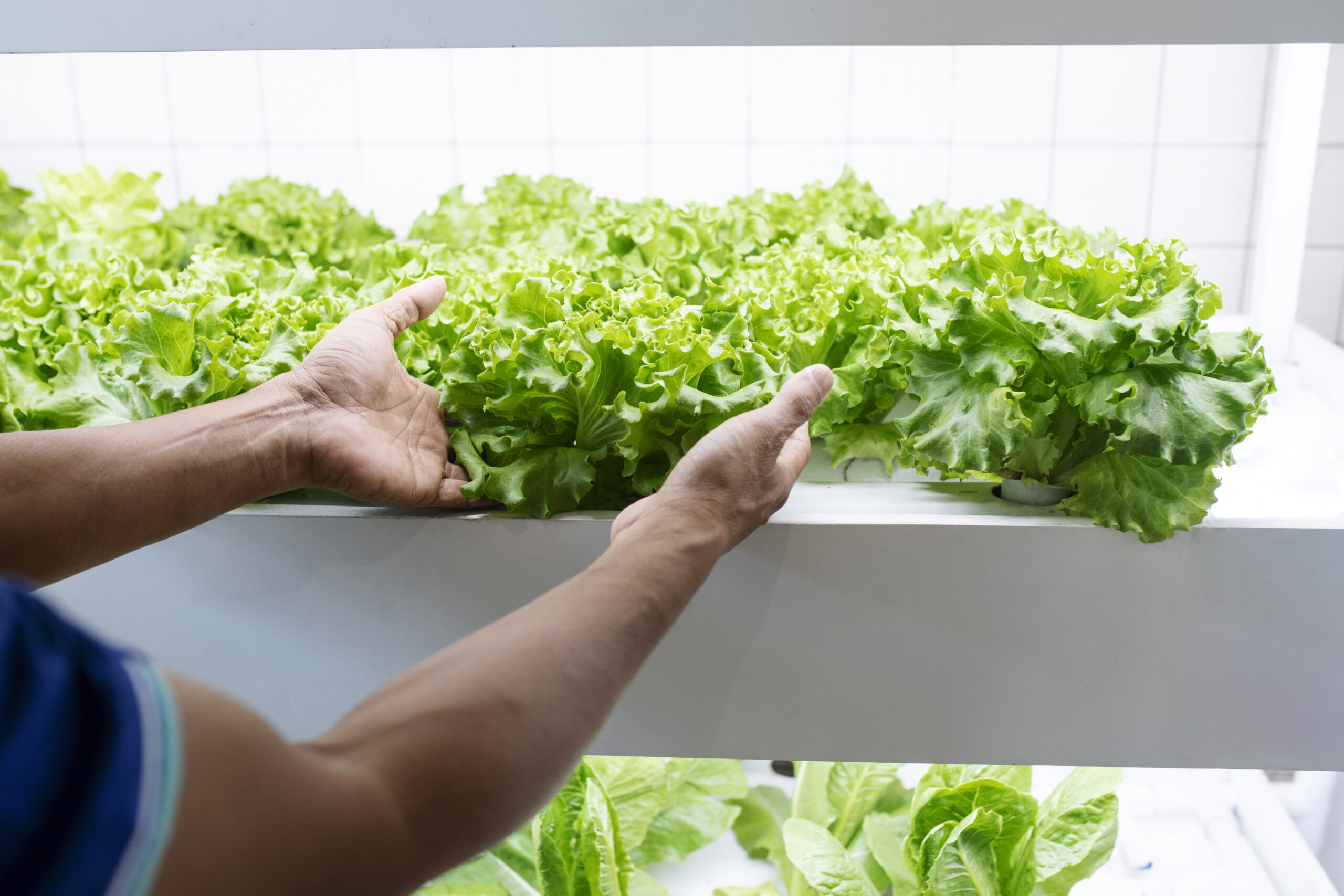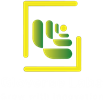The Science of Grow Lights

In an era marked by rapid technological advancements and growing concerns about food scarcity, smart farming has emerged as a revolutionary approach to agriculture. One of the critical components of this new agricultural paradigm is the grow light. These artificial light sources are pivotal in enabling controlled-environment agriculture, which includes practices such as vertical farming. As we explore the science of grow lights, we will delve into how they contribute to sustainable agriculture, their role in Internet of Things (IoT) applications, and their economic and environmental benefits.
The Role of Grow Lights in Modern Agriculture
Grow lights are artificial light sources designed to stimulate plant growth by emitting an electromagnetic spectrum suitable for photosynthesis. They come in various types, including fluorescent lights, high-intensity discharge (HID) lamps, and light-emitting diodes (LEDs). Each type has its unique properties and advantages:
- Fluorescent Lights: Typically used for seedlings and young plants, they are energy-efficient but less intense.
- HID Lamps: Provide high light intensity, making them suitable for flowering and fruiting stages but are less energy-efficient.
- LEDs: The most versatile and efficient option, they can be customized to emit specific wavelengths conducive to different stages of plant growth.
Photosynthesis and Light Spectrum
Photosynthesis is the process by which plants convert light energy into chemical energy, producing oxygen and glucose. Grow lights are engineered to emit light within the specific wavelengths that plants absorb most efficiently—primarily blue (450-495 nm) and red (620-750 nm) light. Blue light promotes vegetative growth, while red light is essential for flowering and fruiting. By optimizing the light spectrum, grow lights enhance photosynthesis, leading to healthier and faster-growing plants.
The Intersection of IoT and Smart Farming
The integration of IoT in agriculture has transformed traditional farming practices into smart farming systems. IoT devices, such as sensors and automated systems, collect real-time data on various environmental parameters, including temperature, humidity, soil moisture, and light intensity. This data is then analyzed to make informed decisions, optimizing plant growth conditions and resource use.

Smart Farming IoT and Grow Lights
Smart grow lights are an essential component of IoT-enabled agriculture. These lights can be controlled remotely and programmed to adjust their intensity and spectrum based on the needs of the plants. For example, sensors can detect when plants need more light and automatically adjust the grow lights’ output. This level of precision ensures that plants receive the optimal amount of light at all times, improving growth rates and reducing energy consumption.
Vertical Farming and Food Scarcity
Vertical farming is an innovative agricultural practice that involves growing crops in vertically stacked layers, often in controlled environments such as warehouses or shipping containers. This method maximizes space usage and allows for year-round cultivation, making it a viable solution for urban areas and regions with limited arable land. Grow lights are crucial in vertical farming as they provide the necessary light for photosynthesis in indoor settings.
By enabling vertical farming, grow lights contribute to addressing food scarcity. They allow for high-density crop production in urban areas, reducing the need for extensive farmland and minimizing the transportation distance between farms and consumers. This localized production not only increases food availability but also reduces the carbon footprint associated with food distribution.
Energy Efficiency and Cost Savings
Energy consumption is a significant concern in indoor farming due to the need for artificial lighting. However, advancements in grow light technology, particularly with LEDs, have led to substantial energy savings. LEDs are highly efficient, converting a higher percentage of electricity into usable light compared to traditional lighting options. They also produce less heat, reducing the need for additional cooling systems.
The integration of smart grow lights with IoT further enhances energy efficiency. By using sensors and automation, these systems ensure that lights are only used when necessary and at the optimal intensity. This precision reduces energy waste and lowers electricity bills, making indoor farming more economically viable.

Money-Saving Expert Energy Solutions
Investing in smart grow lights can be a money-saving strategy for farmers. While the initial cost of LEDs and IoT systems may be higher than traditional options, the long-term savings in energy costs and increased crop yields can offset these expenses. Additionally, many governments and organizations offer incentives and subsidies for adopting energy-efficient technologies in agriculture, further reducing the financial burden on farmers.
Electricity Saver Innovations
Innovations in grow light technology continue to drive down electricity usage. For instance, some smart grow lights now feature dynamic spectrum tuning, which adjusts the light spectrum throughout the day to mimic natural sunlight patterns. This not only optimizes plant growth but also aligns with the plants’ natural circadian rhythms, potentially reducing the overall energy needed for growth.
The Future of Grow Lights in Agriculture
The future of grow lights in agriculture looks promising, with continuous advancements in technology and increasing adoption of smart farming practices. Here are some emerging trends:
- Advanced LED Technology: Ongoing research aims to make LEDs even more efficient and customizable. New materials and designs are being explored to enhance light output and reduce energy consumption further.
- Integration with AI: Artificial intelligence (AI) can analyze vast amounts of data from IoT sensors and predict optimal growing conditions. This integration will enable even more precise control of grow lights and other environmental factors.
- Renewable Energy Sources: Combining grow lights with renewable energy sources, such as solar or wind power, can make indoor farming operations more sustainable and independent from the grid.
- Expansion of Vertical Farming: As urbanization continues, vertical farming is expected to expand, supported by advancements in grow light technology. This will help meet the growing food demand in cities and contribute to global food security.
Conclusion
The science of grow lights is a cornerstone of modern agriculture, playing a vital role in enabling smart farming and vertical farming practices. By optimizing light conditions for plant growth, these technologies contribute to increased crop yields, energy efficiency, and economic savings. As IoT and other technological advancements continue to evolve, grow lights will remain a critical component in addressing food scarcity and promoting sustainable agricultural practices.
For farmers and agricultural enthusiasts, understanding and leveraging the science of grow lights can unlock new opportunities for innovation and sustainability in farming. As we move towards a future where technology and agriculture are increasingly intertwined, row lights will undoubtedly shine brightly as beacons of progress and efficiency.
